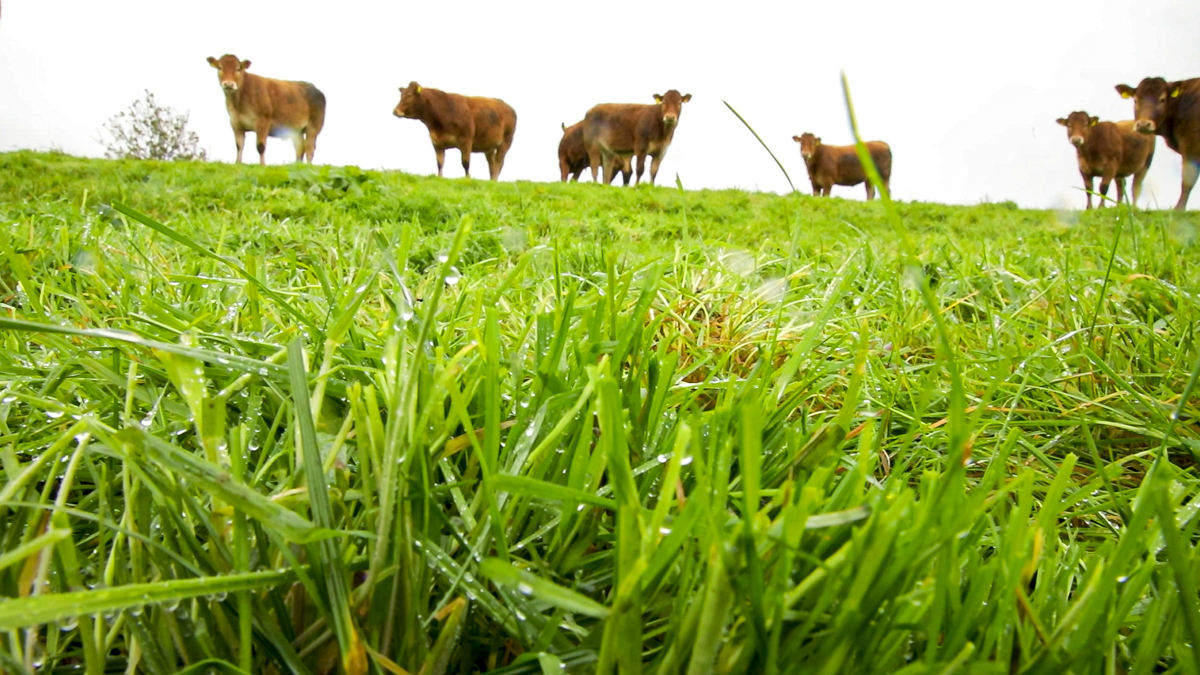Scottish farmland on the market increased by 63% in 2021 compared with the previous year, far ahead of the UK figure of 7%.
However, supply levels still fell 36% short of the pre-Covid-19 Scottish five-year average.
Values are therefore being pushed upwards as a growing number, and a more diverse pool of purchasers compete in a crowded market.
According to Savills’ latest Farmland Survey, Scottish farmland saw the strongest value growth across all land types in the UK, increasing by 31.2% during 2021. This compares to 6.2% growth for the UK as a whole.
Demand for farmland
Demand for Scottish farmland is emanating from a broad base of potential buyers.
This is most prevalent in the upland areas where there is a growing demand for tree planting, as well as emerging interest from environmentally motivated buyers.
These potentially competing interests have led to increased values and buyers broadening their search criteria beyond poorer livestock and hill land, resulting in values for marginal land following suit.
In 2021, the average value of grade three livestock land in Scotland rose by 46.2% to £4,466/ac.
On the low ground, attractive borrowing rates, improved yields and strong commodity prices are encouraging arable farmers to compete strongly in pursuit of productive acres offered to the market, leading to average value increases in this sector too.
In 2021, the average value of grade three arable land in Scotland rose by 25.2% to £6,900/ac.
The climate change agenda
Evelyn Channing, head of rural agency in Scotland said: “The climate change agenda and growing concerns over food security mean rural land is now the focus of attention for more buyers than ever.
“Last year competition for the relatively scarce opportunities came from a diverse range of purchasers including expanding farming enterprises, lifestyle buyers, and those with a forestry or environmental focus.
“We anticipate these trends will continue in 2022.”
According to Savills, farmland values are forecast to increase in the short term as the key drivers of supply and demand continue to play out, but rates of growth will vary depending upon land type, geography and quality.
Savills forecast values for poorer quality livestock land across the UK will grow by 6% per annum (excluding inflation), outperforming the 2.5% growth for prime arable land.
Channing said: “The number of people and businesses now registered with us with a view to purchasing farmland and forestry are at unprecedented levels.
“The two standout themes in terms of demand are high yielding arable acres and wild upland acres.
“We predict that such demand will persist and, if the economic headwinds of rising inflation and interest rates play out as expected, farmland’s tendency to act as an inflationary hedge will only add to the interest in this finite asset.”

